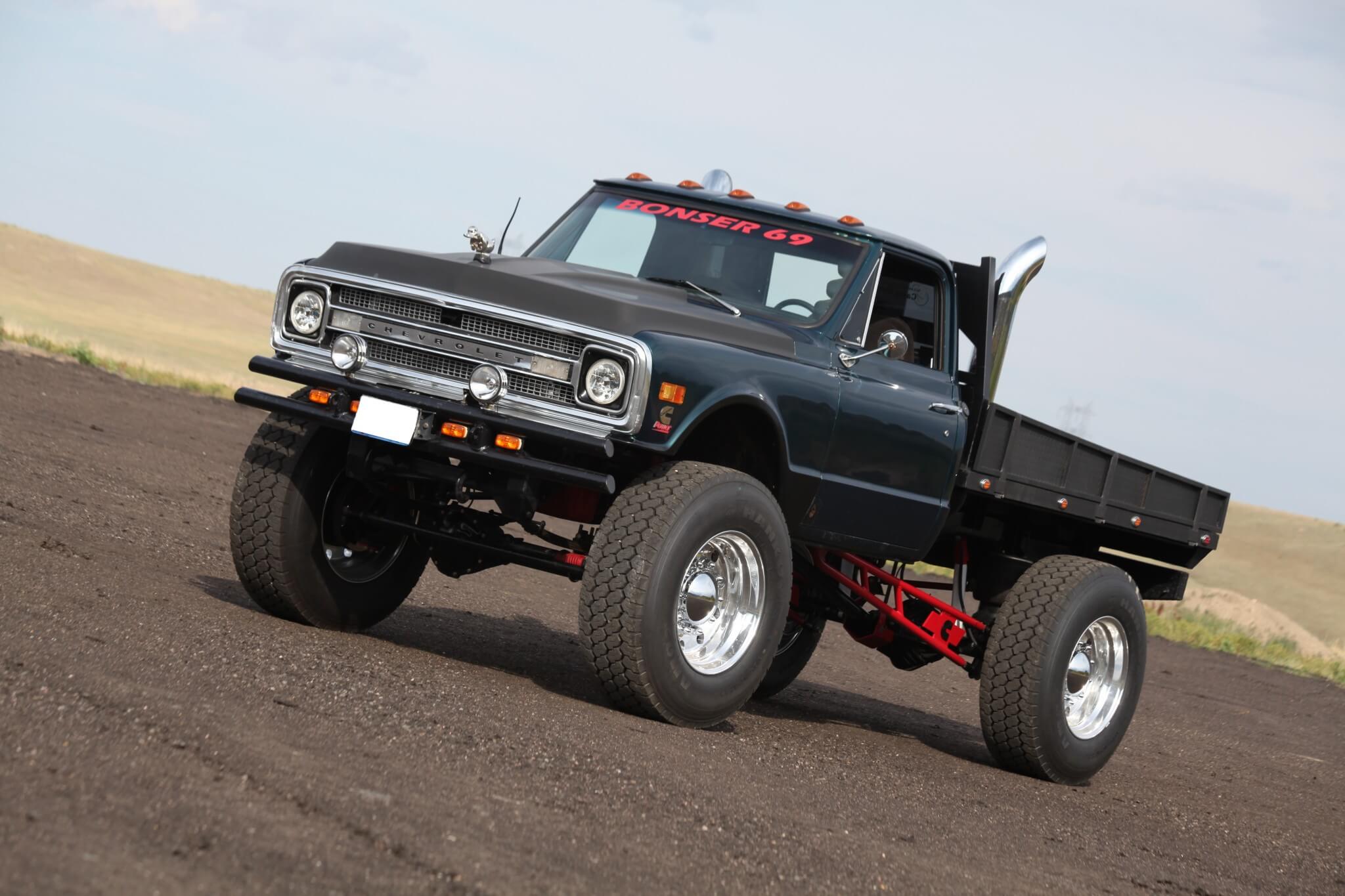One Year Wonder: The 1957 Case 600D
The 1953-56 Case 500 Diesel had been a success and put J.I. Case’s firmly into the diesel tractor market. That engine had started development in 1948 under Case engineer Hans Fischer. Fischer had worked for Lanova AG in Germany, so he was well versed in their unusual indirect injected combustion chamber. The basic architecture for the diesel engine was derived from the newly developed Case gas engines but they licensed the Lanova combustion chamber and used “Powrcel” as a trademark for it. Case would build Lanova diesel engines into 1969.
FOR ’57, CASE ADOPTED A NEW COLOR COMBO THAT WOULD TAKE THEM INTO THE 1970s.


The mid-1950s were highly competitive in the ag and tractor markets, so Case had to start on a successor almost immediately after the 500 debuted. That project bore fruit at the end of 1956 in the 1957 model 600. There wasn’t a great deal to brag about, even though the 600 was most definitely a better tractor. The big technical change for the 600 was a gearbox upgrade.
NEW CASE
The Case 500D had been lauded as a powerhouse but one of the complaints was inadequate gearing. It only had a four-speed box. Keeping ground speed up while maintaining the engine in its best torque and economy bands was tough to do with only four gears. For the 600, Case split the ratios into six speeds with a new gearbox, leading to a lot more flexibility. An improvement that complimented the gearing change was a slight boost in power. By increasing the peak power rpm from 1350 to 1500, it raised the PTO power from 65 to 70. This wasn’t much, and mostly on paper since the peak torque hadn’t changed much (about 412 lb-ft at 1000 rpm). Farmers typically don’t use max rpm anyway. The new transmission, however, made it feel more powerful to help it live up to the ad hype.

NEW LOOK
Another new feature was the color. The previous Case tractors had been Flambeau Red all over. For ’57, Case adopted a new color combo that would take them into the 1970s: Desert Sunset and Flambeau Red, with Desert Sunset on the hood and cowl and the red on the rest. This would come to be regarded as one of the more attractive tractor paint combos.

1,515 BUILT
The 600 had only two variations, the 610, which was the same tractor on LPG, and the 620 Industrial Diesel. The Standard 600 would be the most numerous, with 1,515 built-in just under a year of production. There would be 350 610s and a mere 90 of the 620 Industrial built. With a non-adjustable tread, the 600 Standard appealed mainly to wheat farmers out West and in Canada.
THE 500D AND THE 600D WERE SOME OF THE EARLIEST DIRECT START DIESEL TRACTORS.

Supplanting the 600 later in 1957 was the model 900, which was essentially the same tractor but with new sheet metal. This was part of an across-the-board refresh for the Case line that was cosmetic for some models and more substantial for others. The easy way to tell is that the 600 had separate “bugeye” headlights and the 900 had them built into a more “50s” angular grille, hood and cowl. For 1958, the 900B tractor replaced it, the main difference being that it had an American Bosch A-Series inline PE pump rather than the old American Bosch PSB. The 600 wasn’t around long enough to get a Nebraska Test, nor the 900, but the 900B did. That is the number presented below in the specs and it should largely apply to the 900 and 600 retroactively. The 600 was a stepping stone for J.I. Case that kept the company competitive. Case was generally considered the “Value Brand” in the American market. They were a little less fully featured than the other makes but offered good value and performance for the dollar. Farmers were hesitant to make the change, even into the ’60s, especially those who lived in the snow belt areas where cold starting was a problem. The 500D and the 600D were one of the earliest direct start diesel tractors and that made them a very easy practical way for farmers to enter the wonderful world of farming with diesel.











